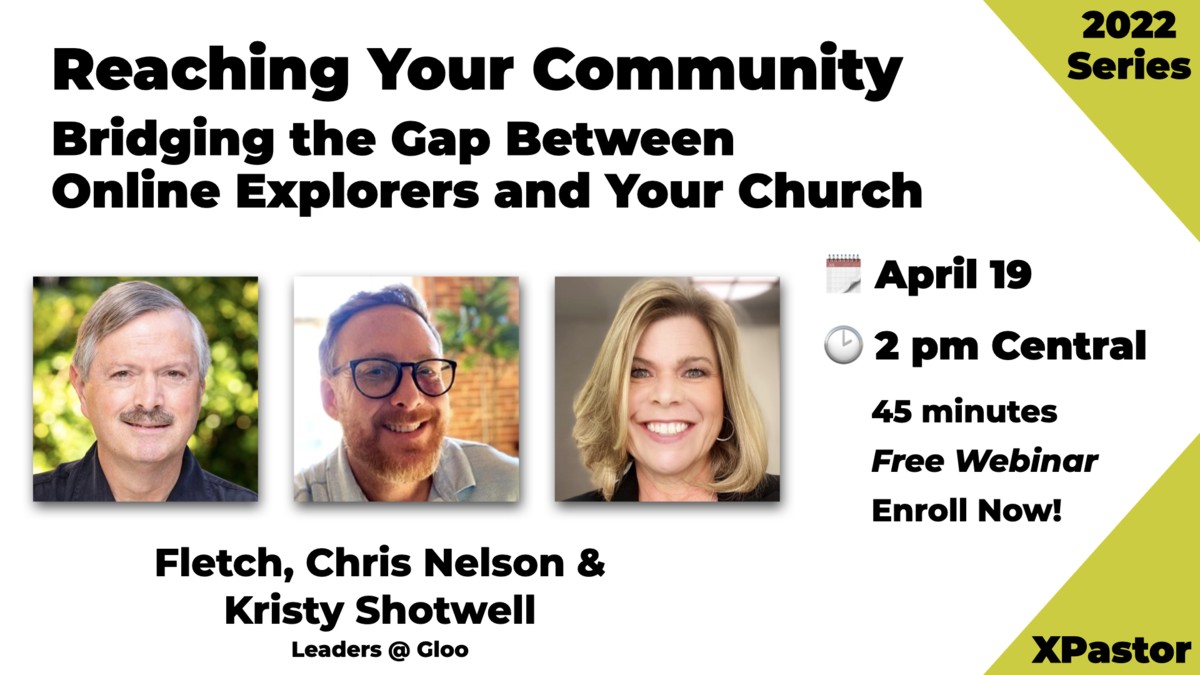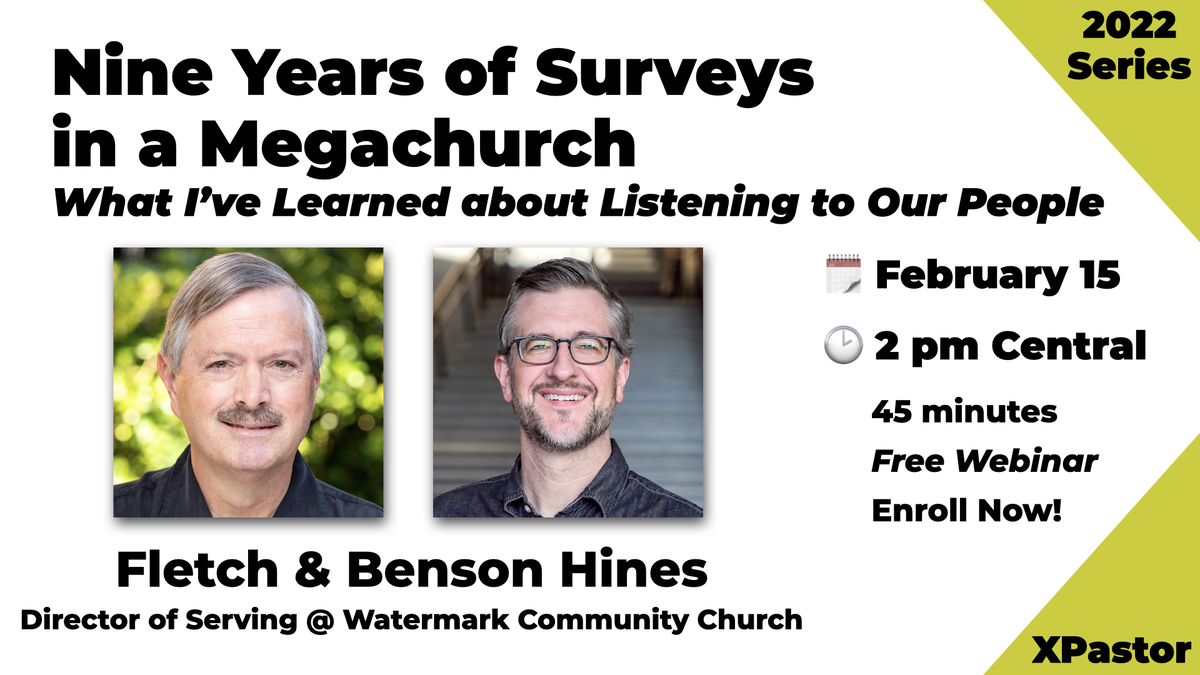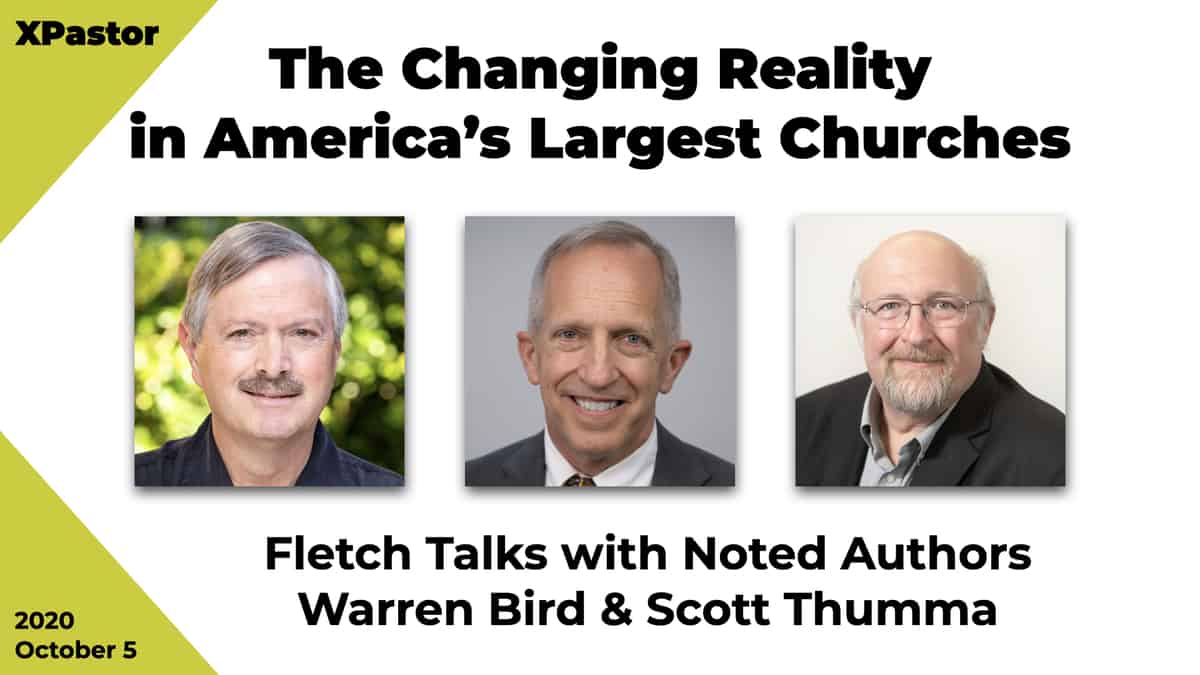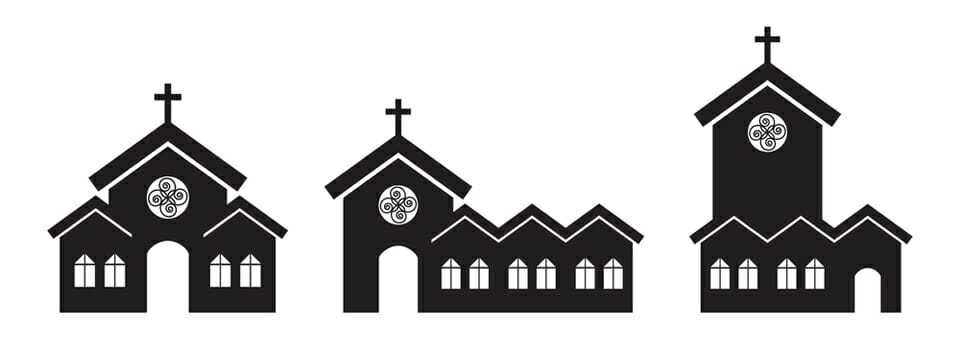Richland Bible Church is located in the small West Michigan town of Richland, about nine miles northeast of Kalamazoo. The church was organized in March of 1983, when 75 people came together to form a new congregation led by Pastor William Sherbert. Later that year, the attendees voted to form an independent Bible-teaching church.
In 1993, the congregation called Pastor Larry L. Kiser. Since then, God has blessed our congregation with significant growth. In 1989, storage, classrooms, and office space were added. In 1997, a multi-purpose worship center (seating 650), along with additional classroom and office space were built, which more than doubled the size of the prior structure and allowed for further growth. Then in 2006 a 40,000-square-foot addition was completed that provided nursery rooms and a state-of-the art 1,100-seat worship center, along with remodeling the previous worship center into the new youth room.
To stimulate future growth, our leadership team decided to clarify the church’s future vision. A two-year strategic planning process followed, but we soon realized one key piece of our future with a multi-site location provided a particular obstacle. We realized our name would become a barrier to the multi-site church concept. We can’t have a location-based identity, but what should the name be based on? The strategic identity process had already given us a good fresh perspective into who we are, how we are unique, and where we wanted to go. The result was a succinct new expression of our mission. We determined that Richland Bible Church should be a group of people who “encounter GOD, embrace people, and engage culture.”
Professional Help
Recognizing we needed professional help for an entire new branding process, we hired a marketing firm in Grand Rapids, Michigan, named Grey Matter Group to help us develop name options, create a logo, and help launch our new identity. We asked them to create name options for us that are simple to remember, remove barriers from the church to the outside community, communicate vibrancy, and set us apart from other local churches. We also asked that the new name reflect our primary focus on the grace of God.
Grey Matter Group presented 100 name options with 10 top recommendations. Our favorite on the list was “GraceWater.” We also liked “GraceStone.” But then one of the members of our team suggested that the word “water” be changed to “spring” to give the name more energy and convey the idea of freshness. We affirmed the name “GraceSpring,” and began the process of developing the logo. After viewing several rounds of options, we agreed on a contemporary, positive visual with lower case type.
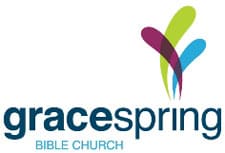 The next step was introducing it to the church. Our pastor, Larry Kiser, did an excellent job of explaining the need for the name change, walking through our process, and casting vision for the future of our church. We unveiled the option we had selected at a Vision Celebration Banquet, where his explanation was as follows:
The next step was introducing it to the church. Our pastor, Larry Kiser, did an excellent job of explaining the need for the name change, walking through our process, and casting vision for the future of our church. We unveiled the option we had selected at a Vision Celebration Banquet, where his explanation was as follows:
“A spring is a refreshing source of fresh water. We believe many people have found Christ and His grace to be a refreshing reality at our church. Our church has been, and will continue to be, all about grace. Grace is a hallmark of our church. Grace is not in competition with truth. Grace is a beautiful aspect of God’s truth. Grace expresses itself through Christ in individual ways, which is symbolized by the splash images in the logo. We are different shapes and different colors and gifted differently, all flowing from the same spring of grace, which is Jesus Christ, who is full of grace and truth (John 1:14). It is God’s grace which has sprung out into thousands of lives, making our church what it is today. May His grace continue to abound more and more, as we move into an exciting future.”
We Welcomed Feedback
We invited people to give their feedback all through our strategic process. As anticipated, there are some who are uncomfortable with the change. But a vast majority of our congregation has now started to embrace the new name. We are deliberately taking a slow, steady pace on the implementation to give people the time they need to acclimate to the new identity.
We are excited about the way this new identity captures the essence of our church and opens up new ministry opportunities in the surrounding communities. It is our prayer that the “grace that is reaching more and more people may cause thanksgiving to overflow to the glory of God” (2 Cor. 4:15).




